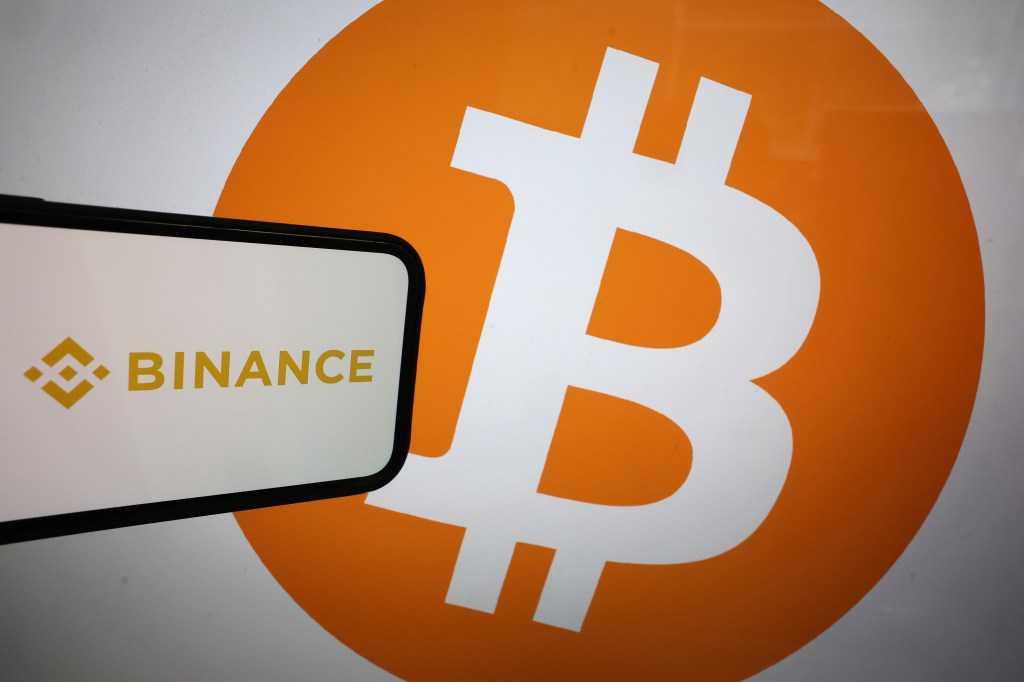For the third consecutive year, RepRisk has published its report on greenwashing, highlighting trends in the number of companies linked to misleading the public about their environmental impact.
While the 2024 data shows an overall decrease in greenwashing cases for the first time in six years, high-risk cases of greenwashing have surged by over 30%, signaling a major shift in corporate behavior.
Report highlights
- Global greenwashing cases declined by 12% across all sectors.
- Despite an overall decline, high-risk cases of greenwashing surged by over 30% indicating ongoing challenges.
- Nearly 30% of companies linked to greenwashing in 2023 were repeat offenders in 2024.
- While the Banking and Financial Services sector experienced a 70% increase in climate-related greenwashing risk last year, this year’s report reveals a 20% decrease.
The report said the decrease in greenwashing cases is likely the result of increased regulatory measures and companies engaging in “greenhushing” out of fear of pushback from stakeholders, especially consumers, investors, and regulators.
“Stakeholders are more aware of greenwashing risk than ever before,” said Dr Philipp Aeby, CEO and Co-Founder of RepRisk.
He also warned: “While regulators have successfully pushed forward legislation to deter greenwashing, the risk will keep evolving as new forms emerge, leaving companies open to reputational damage which impacts their bottom line.”
High-risk cases of greenwashing surge
While the prevalence of incidents has fallen, the number of severe greenwashing cases has increased by 30%. This would indicate that the cases were more harmful and deceptive.
High-risk incidents were judged on three factors:
- the consequences of the risk incident;
- the extend of its impact; and
- the degree to which the incident was intentional and systematic.
The RepRisk data also showed that 30% of all companies linked to greenwashing in 2023 were also flagged in 2024. This indicates that while public perception is having a big impact on the overall downward trend, more regulation, coupled with transparent data, is needed to reduce protracted cases and tackle the growing number of severe incidents said the report.
Banking and financial services
The report also signals a significant shift in the greenwashing landscape of banking and financial services. While the sector experienced a 70% increase in climate-related greenwashing from 2022 to 2023 – a trend also reflected in a report from the European Banking Authority published this summer – new RepRisk data reveals a 20% decrease in incidents globally across the sector from 2023 to 2024.
Just over a third (36%) of financial companies linked to greenwashing last year were also linked to greenwashing in 2024, slightly above the 30% average across all sectors.
Trends in US, UK and EU
Geographically, regulation has clearly had an impact on the overall downward trend said the report. The UK saw a relatively modest reduction in incidents of 4%, whereas there was a 20% decline in the EU, which led the regulation wave based on the sheer volume of legislation that went into effect in the past 12 months.
For example, the EU’s Green Claims Directive mandates that companies substantiate their environmental claims with robust evidence, contributing to a reduction in incidents across the continent.
However, regulation may not be the sole driver, as US greenwashing trends paint a different picture said the report. Greenwashing cases in the US peaked in 2022, with 503 incidents – a 35% year-over-year increase from 2021. This was followed by a 10% decline in 2023 and a modest 6% rise in 2024.
One possible explanation for the divergence in the US is the increasing politicization of ESG. The earlier decline may be linked to companies and funds becoming more cautious about promoting their green credentials, responding to pressure from investors, state attorneys general, and other state-level political figures opposed to considering ESG criteria in investments.
















